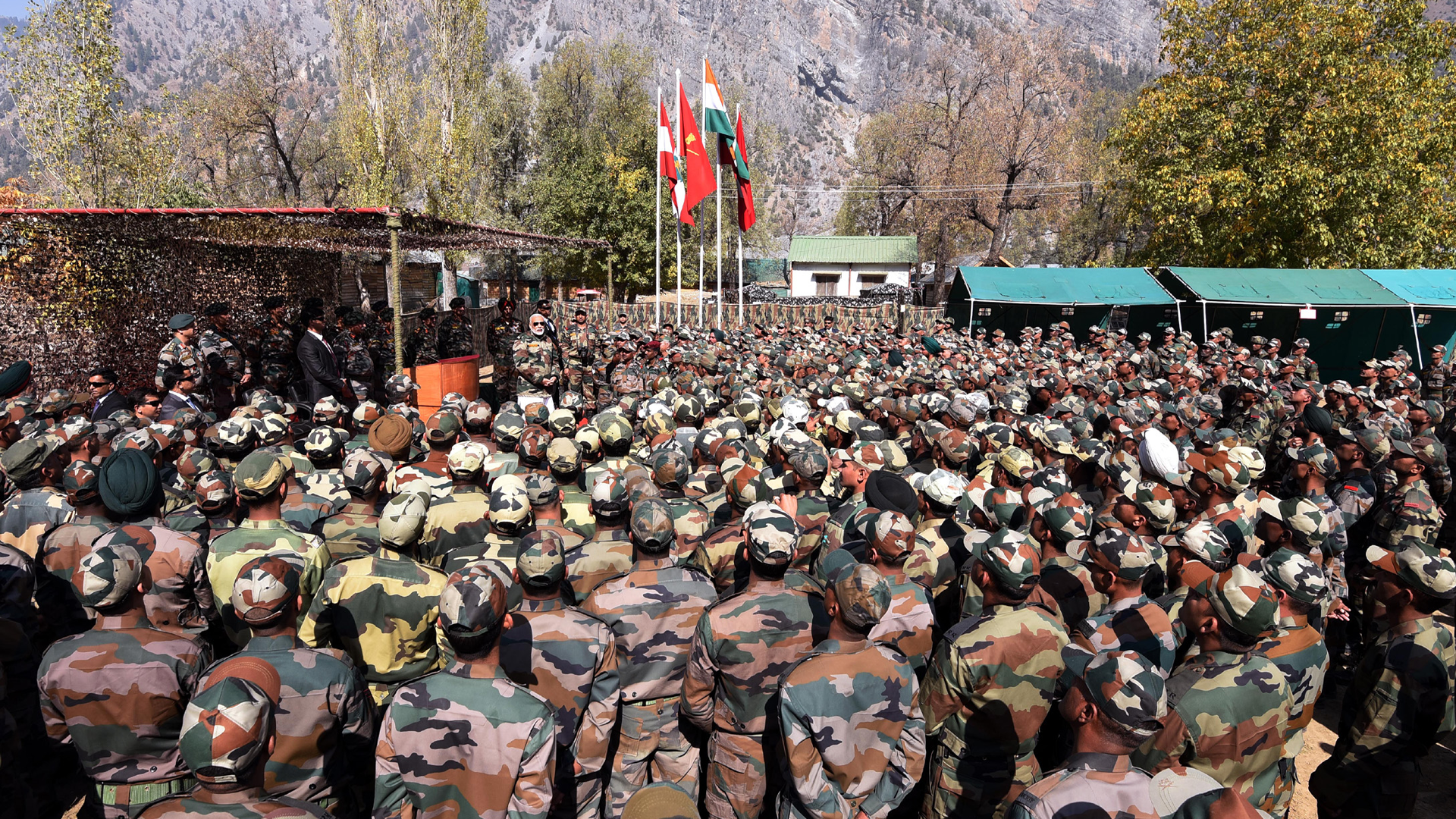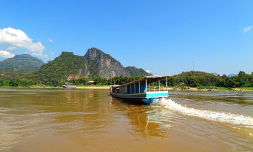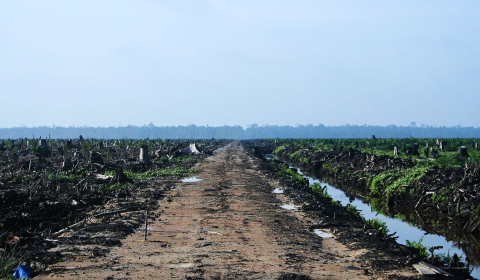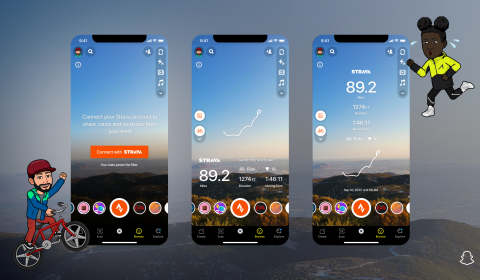Recently, I visited Kashmir, a disputed territory sandwiched between South Asia, India, and Pakistan. From a heavy presence of the Indian armed forces to a city-wide shutdown, here’s what I saw whilst spending a week in one of the most militarised zones in the world.
‘So, michya ye pasand means “I like this” in Kashmiri, right?’ I asked my mother as our flight descended upon Srinagar’s Sheikh Ul Alam airport.
I had been practicing my Kashmiri for the entire duration of the flight so as to blend in with the locals – and to increase the likelihood of getting discounts at local markets.
I assumed being Kashmiri would give me a certain edge at mastering the accent, but it seemed like my innocent attempts at sounding like a native speaker were called out for alleged cultural appropriation by my sister.
Anyhow, whilst on the flight, I imagined myself going for a boat ride on the Dal Lake, enjoying the serene views from Gulmarg’s cable cars, and indulging in the traditional multi-course wazwan.
When I landed at the Srinagar airport, I learned that it also functions as a defence airbase, meaning security is fierce and overwhelming. Little did I know that this was only a glimpse of the militarisation that I was about to witness.
Very early on I knew that, as much as I would like to focus solely on enjoying my vacation, I could not turn a blind eye to the political situation because it was just so evidently impacting people’s daily lives.
Whether it was the relatives I visited or the residents I interacted with, the political crisis seemed to be the only thing Kashmiris wanted to talk about.
Why is Kashmir militarised?
Before I move on, here’s a quick history lesson to get you up to speed on the basics of Kashmir: it was an independent region until 1947, when it decided to join India following an invasion by Pakistan.
That year, India and Pakistan went to war and assumed control over different parts of the valley during the aftermath.
Indian-administered Kashmir gained a semi-autonomous status back then which allowed it the freedom to have its own flag and its own Constitution.
However, due to the growing cross-border insurgency from Pakistan, the Indian government sanctioned an extremely high military presence in the region, with Kashmiris complaining of severe human rights violations.
In 2019, the Indian government abolished the special status that it gave the valley and placed numerous political leaders under house arrest.
Following this, the pandemic struck. Kashmiris who had already been subjected to occasional lockdowns were confined to their homes yet again, this time on a more permanent basis.
For some of you who haven’t heard much about this valley, it is also known as ‘Heaven on Earth’ thanks to its natural beauty.
Every time I looked out the windows of my car to appreciate the beauty of Dal Lake, the Hari Parbat, and the mountains around Dal Gate, I would catch sight of armed officers stationed every 500 metres or so.
We were on our way to Baramulla from Srinagar when we got stuck in a traffic jam. All vehicles halted to allow army convoys to move. Somehow this seemed like the perfect opportunity for my family to begin a discussion on the regional security crisis.
While everyone was exchanging heated arguments, I noticed my cousin quietly seated at the back, almost unbothered by the conversation at hand. I asked him what his thoughts were on the extrajudicial killings here. His response, in the most casual manner was: ‘Woh toh har din hota hai’ (It happens here every day).
I was stunned and did not speak much for the rest of the journey. To think that such subjugation could be normalised to this extent was terrifying.




















